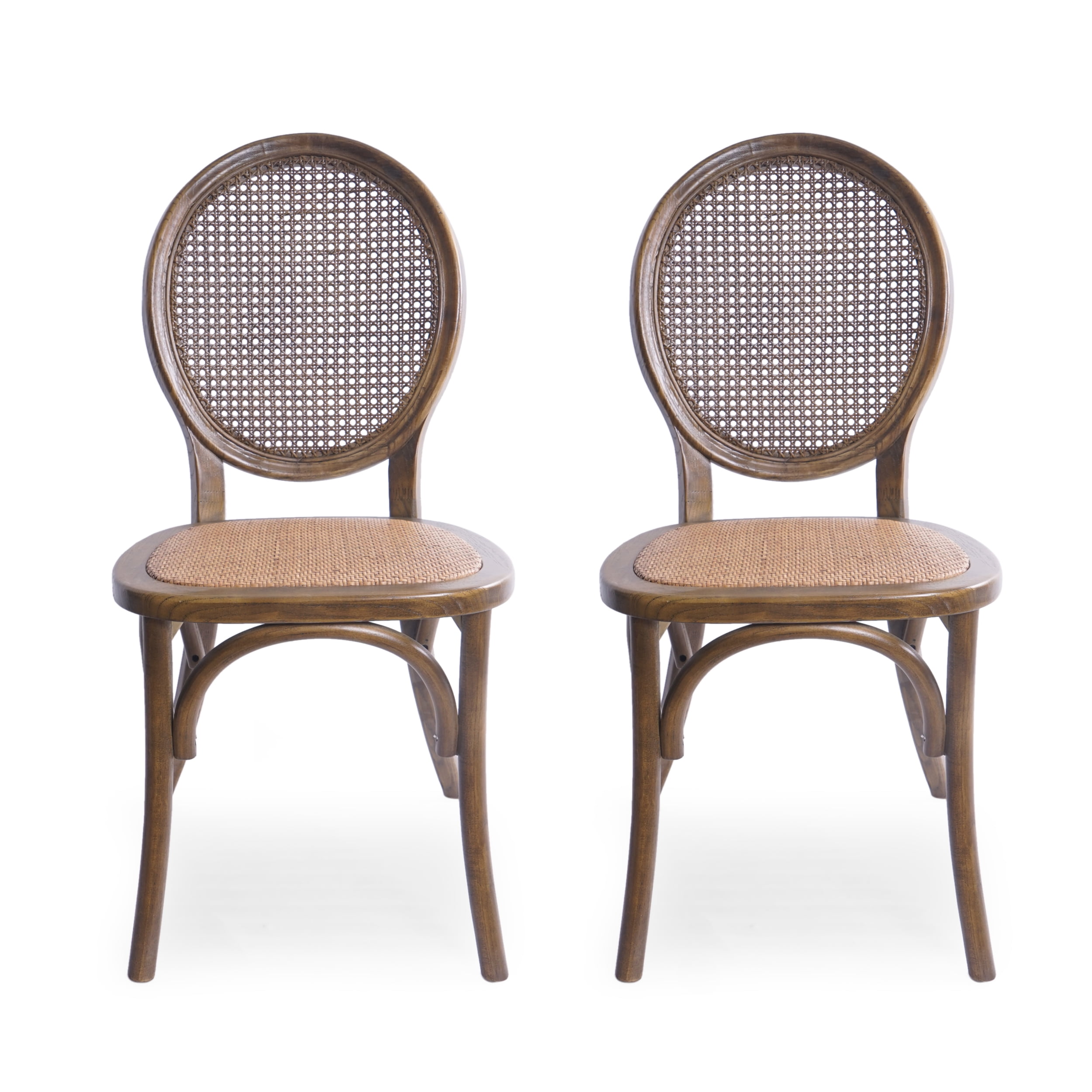Care, Maintenance & Durability of Rattan Dining Sets

Proper care and maintenance are crucial for extending the lifespan of a rattan dining set. Rattan, whether natural or synthetic, is a durable material, but neglecting its upkeep can lead to premature wear and tear. Understanding the best cleaning practices and addressing common issues promptly will ensure your set remains beautiful and functional for years to come.
Cleaning and Maintenance Practices
Regular cleaning is essential to prevent the accumulation of dirt and grime, which can damage the rattan fibers. A gentle approach is key; harsh chemicals can strip the natural oils and weaken the material. Dust the furniture regularly with a soft cloth or brush. For more thorough cleaning, use a damp cloth with mild soap and water. Always allow the furniture to air dry completely after cleaning, avoiding direct sunlight which can cause fading.
- Avoid using abrasive cleaners, such as bleach or ammonia.
- Refrain from using harsh scrubbing brushes or scouring pads.
- Do not use power washers or steam cleaners, as these can damage the rattan.
- Avoid excessive moisture; allow the furniture to dry completely to prevent mold and mildew growth.
- Avoid using chemical-based polishes or waxes, which can leave a residue and attract dust.
Repairing Minor Damages
Minor damages, such as loose weaves or small cracks, can often be repaired at home. For loose weaves, carefully re-weave the rattan strands using a thin needle and strong, flexible thread that matches the rattan’s color. Small cracks can be filled with a wood filler designed for outdoor use and then sanded smooth. For more significant damage, it’s best to consult a professional furniture repair specialist.
Comparison of Rattan Types
The durability, maintenance requirements, and cost of a rattan dining set can vary depending on the type of rattan used. Natural rattan offers a unique aesthetic, while synthetic rattan provides greater durability and weather resistance.
| Rattan Type | Durability | Maintenance | Cost |
|---|---|---|---|
| Natural Rattan | Moderate; susceptible to damage from moisture and sunlight | Requires regular cleaning and protection from the elements | Generally less expensive than synthetic rattan |
| Synthetic Rattan (PE Rattan) | High; resistant to moisture, sunlight, and pests | Relatively low maintenance; easily cleaned with soap and water | Generally more expensive than natural rattan |
Impact of Environmental Factors
Exposure to sunlight and humidity significantly impacts the lifespan of rattan furniture. Prolonged exposure to direct sunlight can cause fading and drying, making the rattan brittle. High humidity can lead to mold and mildew growth. To mitigate these effects, consider using UV-resistant coatings or placing the furniture under a covered patio or pergola. Regularly inspect the furniture for signs of damage and address any issues promptly. Consider storing the furniture indoors during periods of extreme weather.
Choosing & Incorporating Rattan Dining Sets into Home Decor: Rattan Dining Chair Set

Rattan dining sets offer a unique blend of style and durability, making them a versatile choice for various home décor styles. Their natural texture and warmth contribute to a welcoming atmosphere, while their adaptability allows for seamless integration into diverse design schemes. Careful consideration of design elements, complementary furniture, and appropriate sizing ensures the rattan dining set becomes a focal point of the dining area, enhancing its overall aesthetic appeal.
Rattan Dining Sets in Different Interior Design Styles, Rattan dining chair set
The inherent versatility of rattan allows for its incorporation into a wide array of interior design styles. The following examples illustrate how a rattan dining set can complement different aesthetics.
In a minimalist setting, a rattan dining chair set with clean lines and a neutral finish provides a textural contrast against the simplicity of the space. The natural tones of the rattan can be further emphasized by pairing it with a light-colored table and minimal décor. This approach prioritizes functionality and understated elegance.
A farmhouse style benefits from the rustic charm of a rattan dining set. Opt for a set with a slightly distressed finish or a darker stain to complement the overall warmth and rusticity of the farmhouse aesthetic. Pairing the set with a wooden table and simple, natural textiles enhances the homely feel.
For a tropical-themed interior, a rattan dining set is a natural fit. Choose a set with a lighter, more natural finish, and consider adding pops of color through cushions, tablecloths, and other accessories. The natural textures of the rattan complement the overall breezy and relaxed vibe of a tropical design.
Complementary Furniture and Décor Items
To enhance the aesthetic appeal of a rattan dining set, carefully chosen complementary furniture and décor items are crucial. These additions contribute to a cohesive and visually appealing dining space.
The selection of a dining table is paramount. A wooden table complements the natural texture of rattan, creating a harmonious blend of materials. Alternatively, a sleek, modern table in a neutral color can offer a stylish contrast. Adding upholstered dining chairs with coordinating fabrics introduces comfort and visual interest. Finally, carefully chosen lighting, such as a pendant light or chandelier, adds ambiance and highlights the set.
Choosing the Right Size and Shape of a Rattan Dining Set
The size and shape of the dining space directly influence the selection of the appropriate rattan dining set. Careful measurement and consideration of the available space are essential to ensure both comfort and functionality.
A small dining space benefits from a compact, round or square rattan dining set. This maximizes available floor space while maintaining a comfortable seating arrangement. Conversely, larger dining spaces can accommodate larger, rectangular or oval rattan dining sets, allowing for more seating capacity. Consider the number of regular occupants and the frequency of entertaining guests when determining the necessary seating capacity. For instance, a family of four might choose a four-seater set, while a family that frequently hosts large gatherings might opt for a six or eight-seater set.
